How to Make All Your Leftovers Taste Great
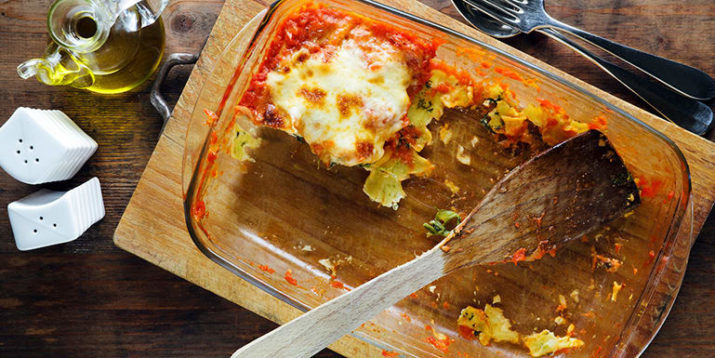
“Leftovers.” A word that evokes both happiness and dread in equal amounts — happiness that you have another delicious meal to eat, and dread that it may turn into one more soon-to-be science experiment living in your fridge, never to be enjoyed again.
Anyone who’s tried to reheat leftovers knows it’s easy to turn a previously delicious meal into a rubbery disaster. To avoid this, all of our experts agree: If at all possible, reheat leftovers the same way you cooked them the first time and keep the components of your meal (protein, veggies, sauce) separate since their reheat times may be different.
How to Reheat Grains
Use the stove for soupy grains (risotto) and the microwave for dry ones (quinoa, rice), Carlos Rodriguez, Executive Chef at cookware company Princess House advises.
When popping rice in the microwave, put it in a microwave-safe container, create a small well in the center, pour a tablespoon of water or stock in it, then put a lid over it. According to Rodriguez, doing so will let the water steam and heat the grains more evenly. Use the reheat setting on your microwave to bring it to the correct temperature.
For risottos, Kristin McCaig, Ontario-based personal chef, holistic nutritionist, and author of Eat by Design Cookbook advises breaking up clumps, then putting it in a pot with a splash of water. Heat with a lid on, stirring occasionally until heated through.
Don’t want to add water? Certified holistic health coach Robyn Youkilis and author of Go With Your Gut loves reheating grains with bone broth. “It not only adds flavor but also has a little bit of fat which helps keep the grains from drying out,” If you don’t have bone broth, she recommends adding a fat like olive or coconut oil to the water to get the same effect.
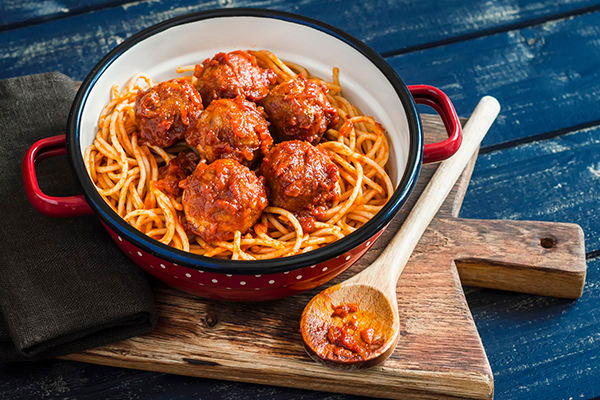
How to Reheat Pasta
The secret to saving leftover pasta is cooking it right the first time and storing them in the fridge with a little bit of oil. “Always cook pasta al dente. That means 3 to 4 1/2 minutes for the dry, boxed variety and 1 to 1 1/2 minutes for fresh. And always shock the pasta by running cold water to stop the cooking process,” says Rodriguez.
If the pasta is already sauced, reheat it by baking it with the lid on at 350ºF until heated through instead of heating it on the stove or in the microwave.
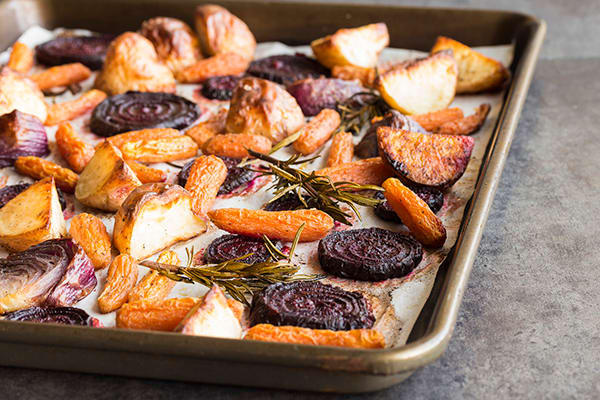
How to Reheat Vegetables
We all know how horrible overcooked vegetables can be. It’s why many of us don’t like them as adults — we’re still traumatized from our first memories of over-boiled, overcooked, limp green beans and the like.
If you know in advance that you’ll have extras, McCaig recommends roasting vegetables the first time around in the oven — uncovered and drizzled with a bit of healthy cooking oil. “Roasting removes some of the moisture from the vegetable, which makes them much less likely to become soggy.” When it’s time to reheat, spread the vegetables on a parchment-lined baking sheet and cook them at 350ºF for 10 to 15 minutes.
You can also reheat them in the microwave. Rodriguez says to just add a little water, cover loosely with the lid, and heat, and check every 90 seconds to avoid overcooking.
One more option: give them a makeover. “Chop leftover steamed veggies up and add to a healthy fried rice,” offers Youkilis. “Or blend leftover baked sweet potatoes or other roots into a quick, creamy vegetable soup.”
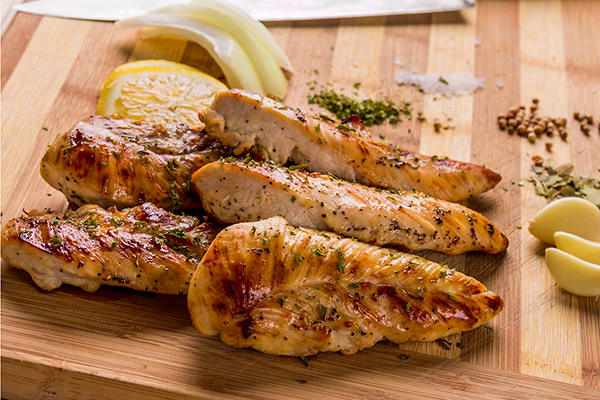
How to Reheat Meat and Poultry
Some meats and fish reheat better than others — in general, fatty fish, meat, and poultry reheat much better than lean cuts because fat prevents dryness, explains Rodriguez. Always cover meat when reheating, no matter what method you use unless the food was meant to be crispy.
When reheating fish, safety and moisture are two main considerations. Keep fillets in the original thick cut if possible (thick reheats better than thin), and when warming, reheat the fish slow and low to avoid overcooking. Rodriguez recommends adding seafood stock to keep it moist.
“Marinate your meat in a homemade marinade as often as possible to lock in moisture, then pack up the leftovers with lots of marinade or sauce. This will help keep it moist when you reheat it,” says McCaig. Set aside a portion to store with the leftovers and use when you reheat them.
She also recommends slightly undercooking a piece of meat you know you’re going to reheat later. “Pull it off about 20º F earlier than you would otherwise,” she says. That way, when you reheat it, it’ll taste like you just cooked it. And, if your meat was grilled originally, she says to “brush it with a bit of avocado, olive, or coconut oil and throw it back on the grill for a few minutes, flipping halfway through.”
When it comes to the microwave, Michelle Dudash, R.D.N., Cordon Bleu-certified chef, and creator of Clean Eating Cooking School: Monthly Meal Plans Made Simple, says, “The microwave is completely fine for reheating most fish, poultry and meat — you just have to be very precise with the time and rotate the food frequently, otherwise part of the food will get tough and another section could still be cool.”
If your protein is less than a couple of inches thick, it can go in the microwave, but Dudash recommends reheating anything thicker in the oven. Otherwise you can end up with a warm outside and a cold center.
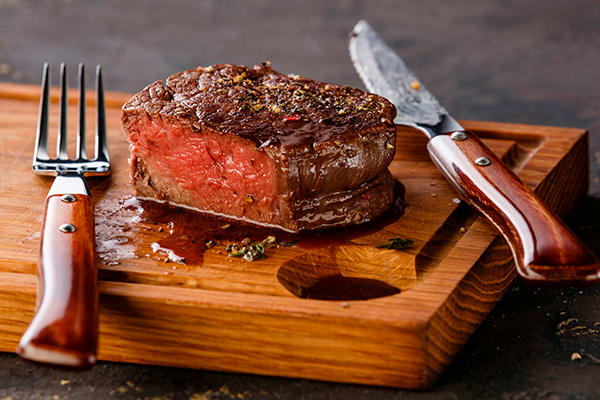
How to Reheat Steak
Steak is the trickiest meat to reheat.
Rodriguez advises rewarming cooked steaks in an oven set at a low temperature (250ºF), then briefly searing them. Follow this process for success:
- For a 1 1/2-inch steak, reheat in the oven on a wire rack set in a baking pan for about 20 minutes until the steaks register 110º F. Remove from the oven.
- Pat the steaks dry with a paper towel.
- Heat one tablespoon of vegetable oil in a skillet over medium-high heat for five to seven minutes until oil is smoking.
- Sear the steaks in the skillet on both sides until they are crisp and brown, 60 to 90 seconds per side. Let the steaks rest for five minutes before serving.
- After resting, the centers should be at medium-rare temperature, 125 to 130º F.
